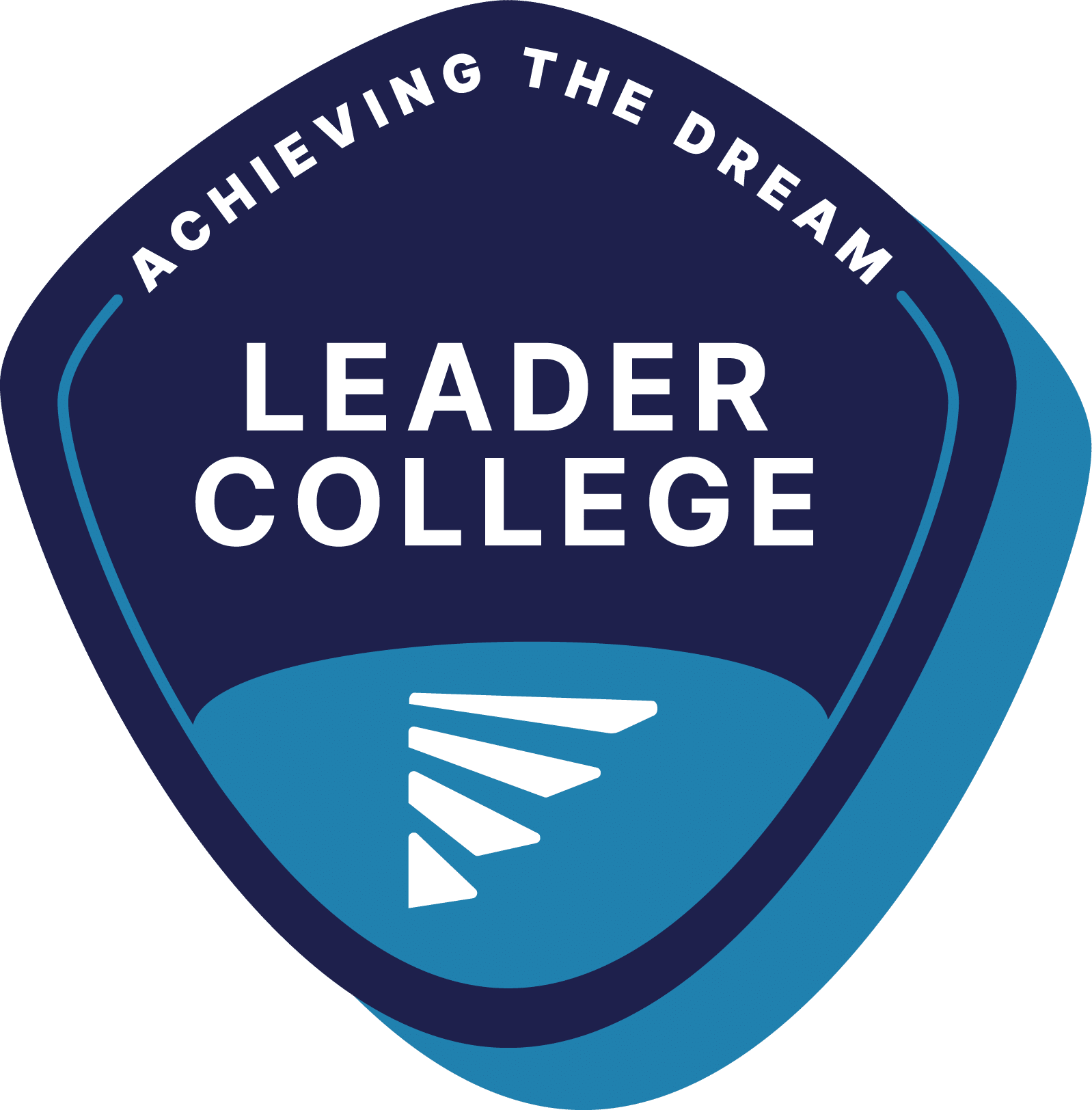ºìÐÓÖ±²¥ was a successful candidate due to its committed leadership, its equity goals aligned with those of the grant and ATD, and its preparation of a compelling argument for inclusion.
Conceived in 2004, Achieving the Dream (ATD) now leads the most comprehensive non-governmental reform movement for student success in higher education history, and its efforts are gaining attention.
ATD accepts grant applications from community colleges; ºìÐÓÖ±²¥ won a grant to become part of an ATD cohort called Building Resiliency in Rural Communities for the Future of Work.
ºìÐÓÖ±²¥ ATD Action Plan (PDF)Nearly half of all students seeking higher education choose a community college. Fewer than half of those students actually finish what they start. ATD, a national program that partners with more than 300 community colleges, including ºìÐÓÖ±²¥, is determined to change that statistic.
Contact Us
Adam Klepetar, Vice President of Student Affairs and Enrollment Management
aklepetar@berkshirecc.edu
413-236-2140
Laurie Gordy, Vice President of Academic Affairs
lgordy@berkshirecc.edu
413-236-2103



